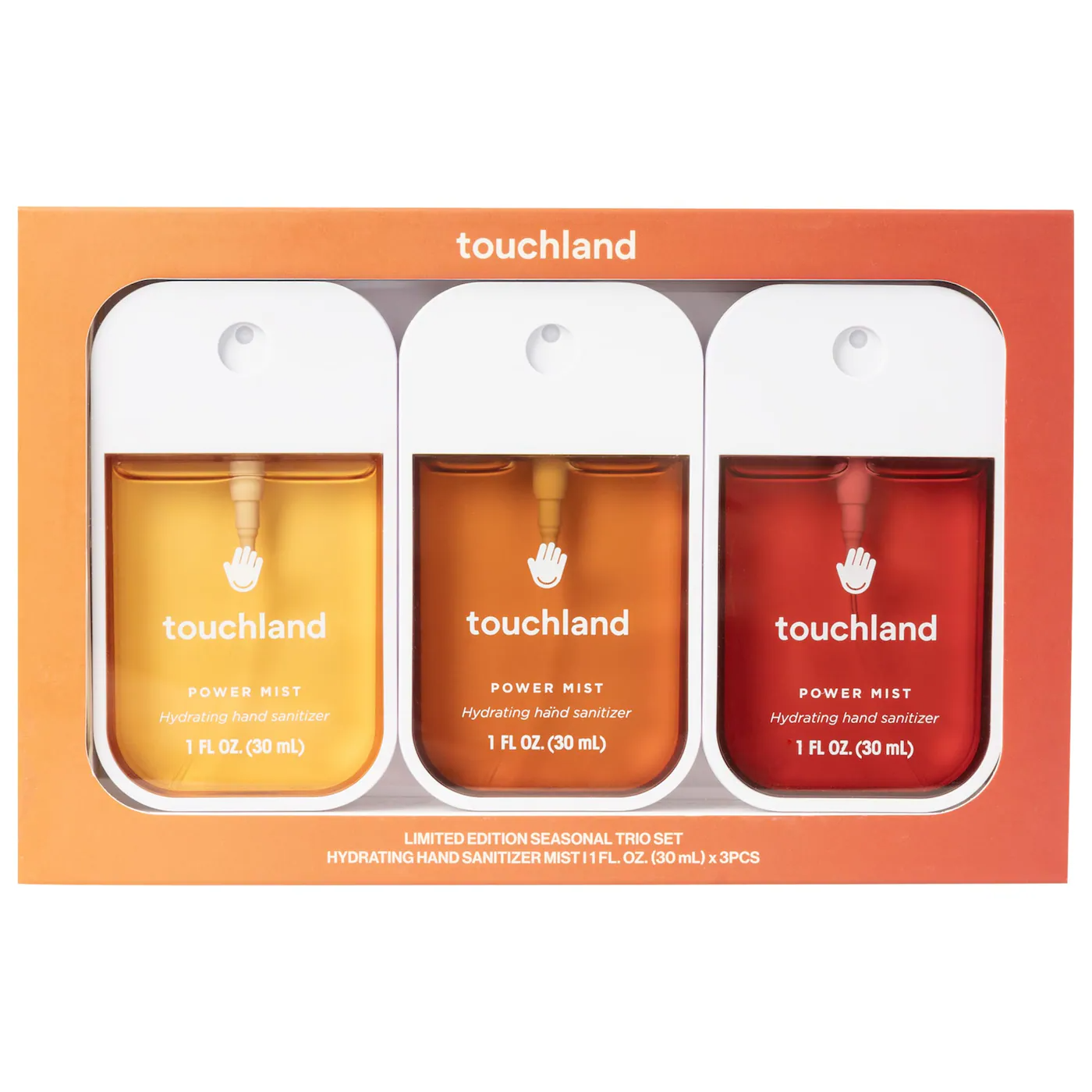
Considering that it’s arguably the most essential step in your skincare routine—as well as one of the most recommended products by dermatologists and estheticians, there is still a lot of confusion and misinformation out there surrounding sunscreen. Skincare experts tout SPF as one of the effective anti-ageing ingredients, with benefits that range from fading hyperpigmentation to preventing the free radical damage that contributes to collagen breakdown. Even more importantly, applying your sunscreen correctly can make all the difference when it comes to preventing long-term and serious damage such as skin cancer.
It’s always a good idea to get a good grasp of how the ingredients you’re using work, but with sunscreen in particular, getting clued up can make it easier to understand how to apply and use it properly and therefore make it more effective. Especially important when there are so many myths and mysteries out there surrounding sun care and SPF application.
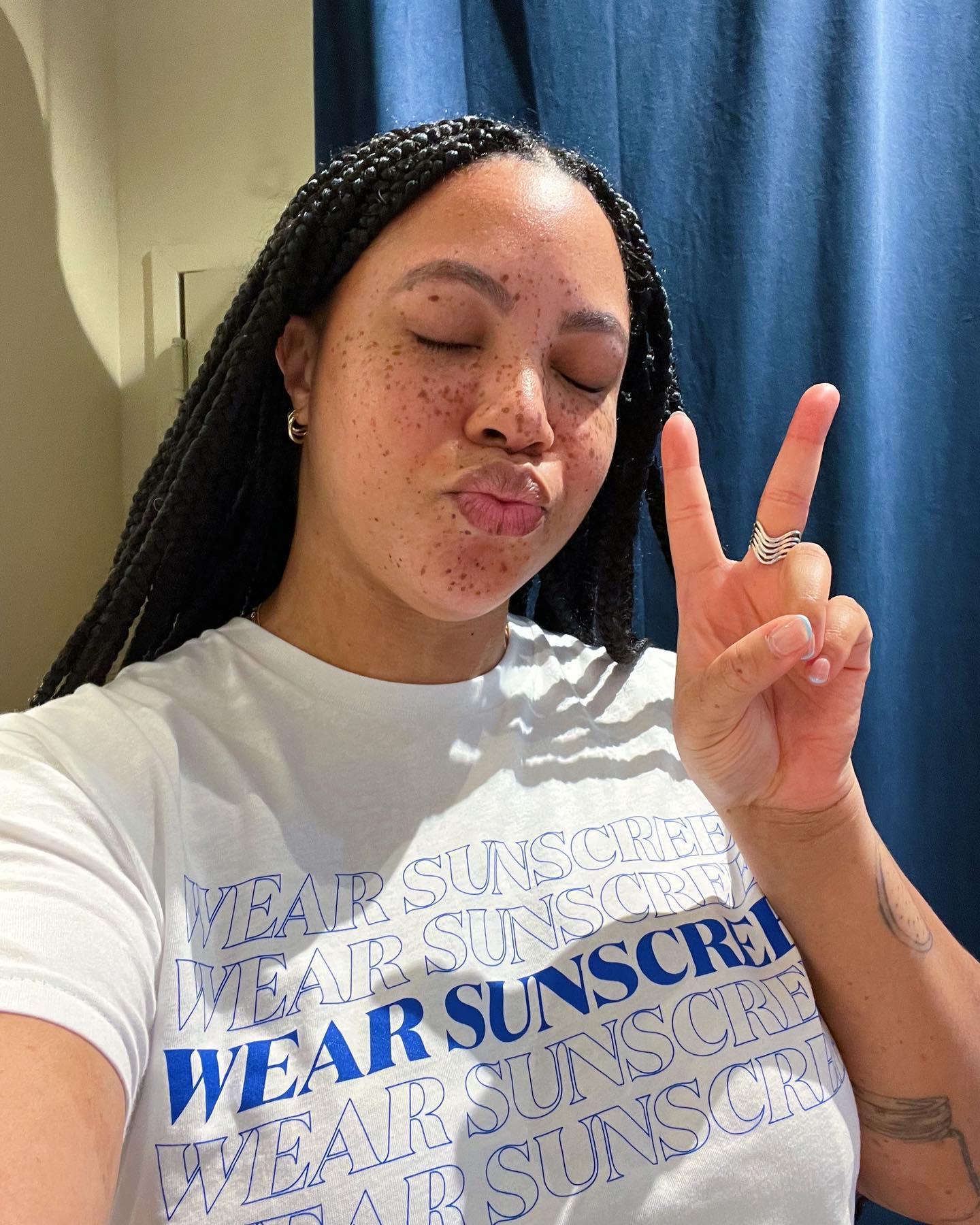
Even if you’re one of the savviest skincare shoppers, you probably have some questions about how to apply sunscreen correctly, which sun creams are the best for different skin types, and what the difference is between chemical and physical SPFs.
So, with the help of skincare expert and cosmetic scientist Hannah Collingwood English and Ava Matthews, founder of Ultra Violette, we’ve taken a deep dive into all things sun care, covering your most asked questions about SPF. Scroll down to learn everything you need to know about how to apply sunscreen.
First up, the most important question. If you’re wondering whether you need to wear SPF even in winter or on cloudy days, the answer is yes. “UV rays are the number one contributor of premature ageing and UVA rays are around all the time, so unless you want to age faster than nature intended, you need to wear SPF every day no matter what the weather is like outside,” says Matthews. “Genetics will only get you so far! It’s far easier (and cheaper!!) to prevent the damage than it is to fix it afterwards.”
If you’re reluctant to add yet another step to your skincare routine, Matthews advises thinking of SPF application as a daily habit like brushing your teeth. “If you’re going to do one thing for your skin every day, apply sunscreen,” she stresses. “It’s the foundation of any good skincare routine – and is critical to overall skin health.”
“Because most people don’t wear enough sunscreen, I’d suggest using the highest SPF you can, so 50+ ideally,” says Collingwood English. “This way if you fall short in your application, you’re not ending up with an actual SPF of something scary like 10!” If your previous experience of thick and chalky high-factor sunscreens is putting you off reaching for a factor 50, think again. In the past few years, innovations in skincare formulas and ingredients have meant there’s a new generation of sunscreens on the market. Modern sunscreens are lightweight, dewy, hydrating, and actually enjoyable to use—you’ll find our favourites listed below.
There is a lot of misinformation out there about how much sunscreen to apply, but according to Collingwood English, more is always more. “For face it works out to about a gram, so just under a quarter of a teaspoon,” she advises. “If you’re doing face, neck and ears then do a half teaspoon. Wear one teaspoon per limb, and one teaspoon each for the front and back of your torso. For the full body that’s 6-7 teaspoons.”
“Most people don’t actually apply the correct amount of product to ensure they’re getting the correct SPF protection on the bottle,” adds Matthews. “But what people don’t realise is if you use less than this you’re potentially not getting the SPF listed on the bottle.”
Just as most makeup artists would recommend applying foundation in multiple light layers to get the best coverage, Collingwood English recommends this technique when asked how best to apply sunscreen. “People tend to miss spots and so I like to think about it as similar to layers of paint—two thin coats is better than one thick coat,” she explains. “It dries down better this way, too, so it’s less likely to be disturbed by sweat or clothing, etc.”
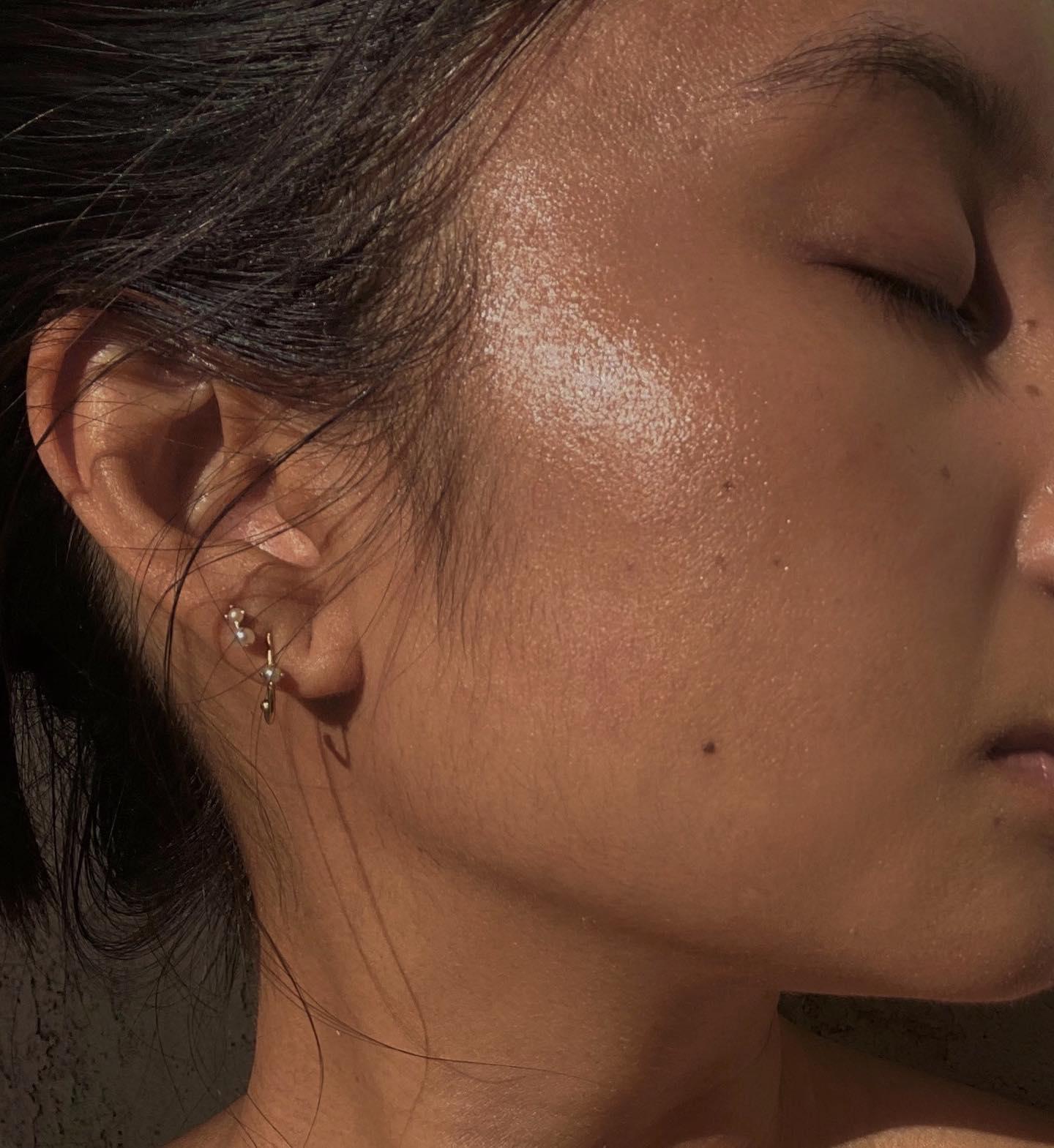
These days as well as traditional SPF creams, there are also sunscreen serums, mists, sticks, and even powders, which can be used to apply sun protection over makeup or to hard-to-target areas such as the ears and scalp. “I’d recommend sprays, sticks, and powders for touch-ups only, and to use a lotion or liquid for initial application where possible,” advises Collingwood English.
“The UV is strongest between 10am and 2pm. When you’ve put your sunscreen on at 7am it’s not going to be a perfectly even film by 2pm, because our skin creates oil and sweat and because we touch our faces,” explains Collingwood English. “We end up with gaps in the coverage, making our skin more susceptible to UV damage and sunburn.”
You’ll notice that the directions of a sunscreen will tell you to reapply every two hours or after towelling, swimming, or sweating. Again, this is so that you’re maintaining the original protection factor (e.g. SPF 50) of your sunscreen throughout the day. “Things like being in sunlight, touching your face, scratching your skin, and holding a phone to your ear all contribute to the breakdown of the film that SPF creates on skin,” adds Matthews. “So the protection level of your SPF is not the same at 8am when it’s been freshly applied as it would be at 12pm”
“You should really be reapplying every two to three hours when in direct sunlight and in peak UV-index months,” says Matthews. “A spray formula makes this so much easier—keep some in your bag and top up every few hours.”
Matthews‘ brand, Ultra Violette, recently launched an SPF50 sunscreen mist specifically designed for top ups throughout the day. “Reapplication of SPF has historically been difficult, it’s annoying and will likely ruin your makeup,” she explains. “A mist sunscreen makes this so much easier, but until now a spray sunscreen that doesn’t sting the eyes or melt your makeup off due to higher oil content in the formulation has been hard to find.” It took Matthews and her co-founder over six years to land on a formula that tackled all these common pain points. “Now, a few mists under or over makeup or skincare and your lunch-time SPF top-up is sorted,” she tells me. “No greasy finish, no stinging for sensitive skin – just a subtle glow to refresh your makeup and keep your skin protected at all hours of the day.”
“Ideally you’d reapply in the same way you did your first application,” advises Collingwood English. If you don’t wear makeup then this is relatively easy, but for makeup wearers, she recommends using sticks and sprays which are specifically designed to be applied over makeup. “You can also sponge a liquid sunscreen on top of your makeup,” she adds.
With sprays such as Preen Screen, Matthews recommends holding the product 20cm from your face and applying it with your eyes closed. “Do nine sprays applied in the shape of a ‘T’ and an ‘X’ across your face to get the appropriate level of protection,” she recommends. “Once the product is applied, allow it to dry slightly before opening the eyes and then you should be good to go.”

Our scalp and lips are often forgotten areas which need just as much sun protection as the rest of our skin does—if not more. Our scalps because they are directly exposed to the sky and our lips because the skin there is so thin and delicate.
White there are a couple of SPF products specifically created to protect the scalp, buying into a whole new product category isn’t necessarily essential. “For the scalp, you can easily apply a regular sunscreen to your parting,” says Collingwood English. “And don’t forget (or underestimate the power of) a hat!” For lips, she advises making sure your lip balm contains sunscreen and applying a lot at a time—with frequent top ups throughout the day.
It’s important to remember that water resistant doesn’t equate to waterproof. “There’s specific testing conducted to substantiate water resistant claims on sunscreens, but it gets confusing when they say something like ‘four hours water resistant’ because you have to reapply after two hours anyway, and you probably shouldn’t be in the sun for four hours,” explains Collingwood English. “That’s too long, which is where SPF protective clothing can help.”
Both Collingwood English and Matthews agree that the SPF protection provided by makeup products isn’t safe to rely on. “The thing is, no one’s applying a gram of foundation to their faces and then reapplying it throughout the day,” explains Collingwood English. “I really take issue with this claim in the makeup category because people think they’re protected and they’re really not.”
“Even if it’s a foundation with SPF 50+, you’d need to apply so much to get adequate coverage which we know most people don’t have the appetite for,” agrees Matthews. “This is why we talk about having an SPF wardrobe and layering SPF as needed so you can ensure you’re always getting the right level of protection.” Basically, stick to your morning SPF application and your top ups throughout the day, and ignore any protection claims you see on your foundation or makeup primer.
In the past, sunscreen formulas have been notoriously dry and chalky in texture, which has lead to misconceptions that SPF dries out your skin. This certainly isn’t the case, and nowadays there are plenty of hydrating SPF formulas which simultaneously protect and moisturise your skin. Essentially, it’s all about finding the formula and texture that works best for your skin type. “Some sunscreens with a matte finish can feel drying, but the majority of sunscreens are a lovely moisturising texture,” adds Collingwood English. “Sun damage can certainly dry out your skin, though!”
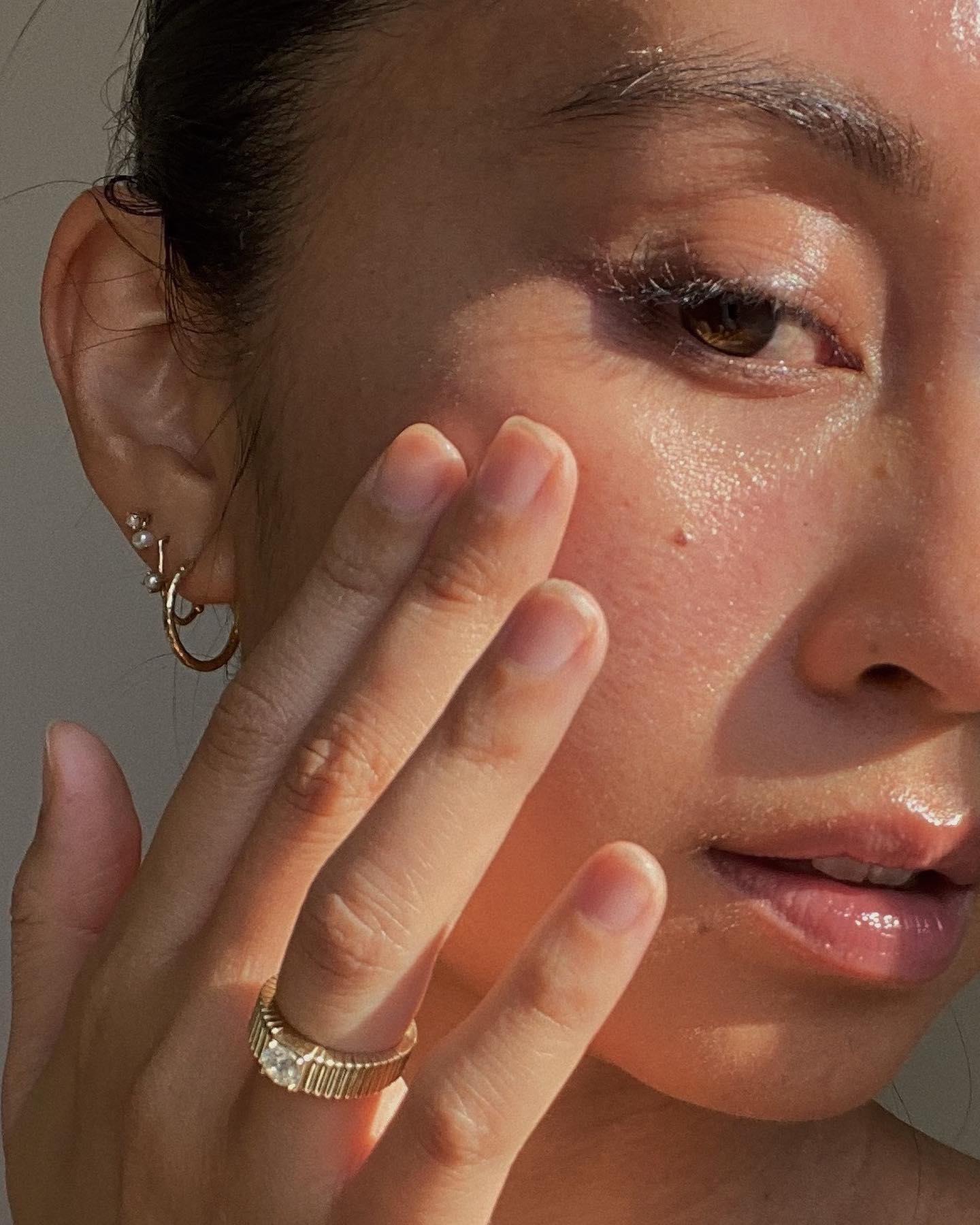
Likewise, there are just as many myths about SPF contributing to oily skin, clogged pores, and breakouts. Again, much of misconception is based on peoples experience with old-school sun creams, and according to Collingwood English, wearing sunscreen will actually help to reduce oiliness. “The oil in your skin is oxidised by the sun, making it thicker and more likely to clog pores,” she explains. “Sunscreen can help prevent this, but be sure to cleanse thoroughly at the end of the day. I’d suggest spending 30 seconds to a minute working your cleanser into your skin, then removing it with a very soft cloth.”
If you start researching into different types of sunscreen you’ll find many people debating the benefits of chemical SPF versus physical SPF. “They’re actually not as different as they’re made out to be,” says Collingwood English. “Both types mostly absorb UV radiation so your skin doesn’t have to, but physical UV filters are white pigments so they can create a white-grey-purple cast on your skin—especially on medium to dark skin tones.”
“You can get a higher SPF rating while keeping the sunscreen comfortable with chemical filters,” she adds. “Traditionally, physical sunscreens have been recommended for more sensitive skin, but many chemical formulas are now designed specifically with sensitive skin in mind too. Because chemical sunscreens tend to have a higher SPF rating, they’re arguably the better option if you’re sensitive because they’re protecting better from any sensitivity that the sun could create!”
If you have dark skin then you’ve probably experienced an additional struggle when it comes to finding and applying sunscreen. Many SPFs leave a white, chalky cast on dark skin which can make your complexion appear washed out and dull. Fortunately, this is another issue that modern SPF formulas have dealt with. “Chemical formulas in particular are less likely to create that grey-purple cast on dark skin, so opt for those,” advises Collingwood English.
Both experts agree that SPF should always be applied as the final step in your skincare routine, after serums and moisturiser. You should allow it to dry fully before putting your makeup on, to ensure that the formula isn’t compromised and diluted.
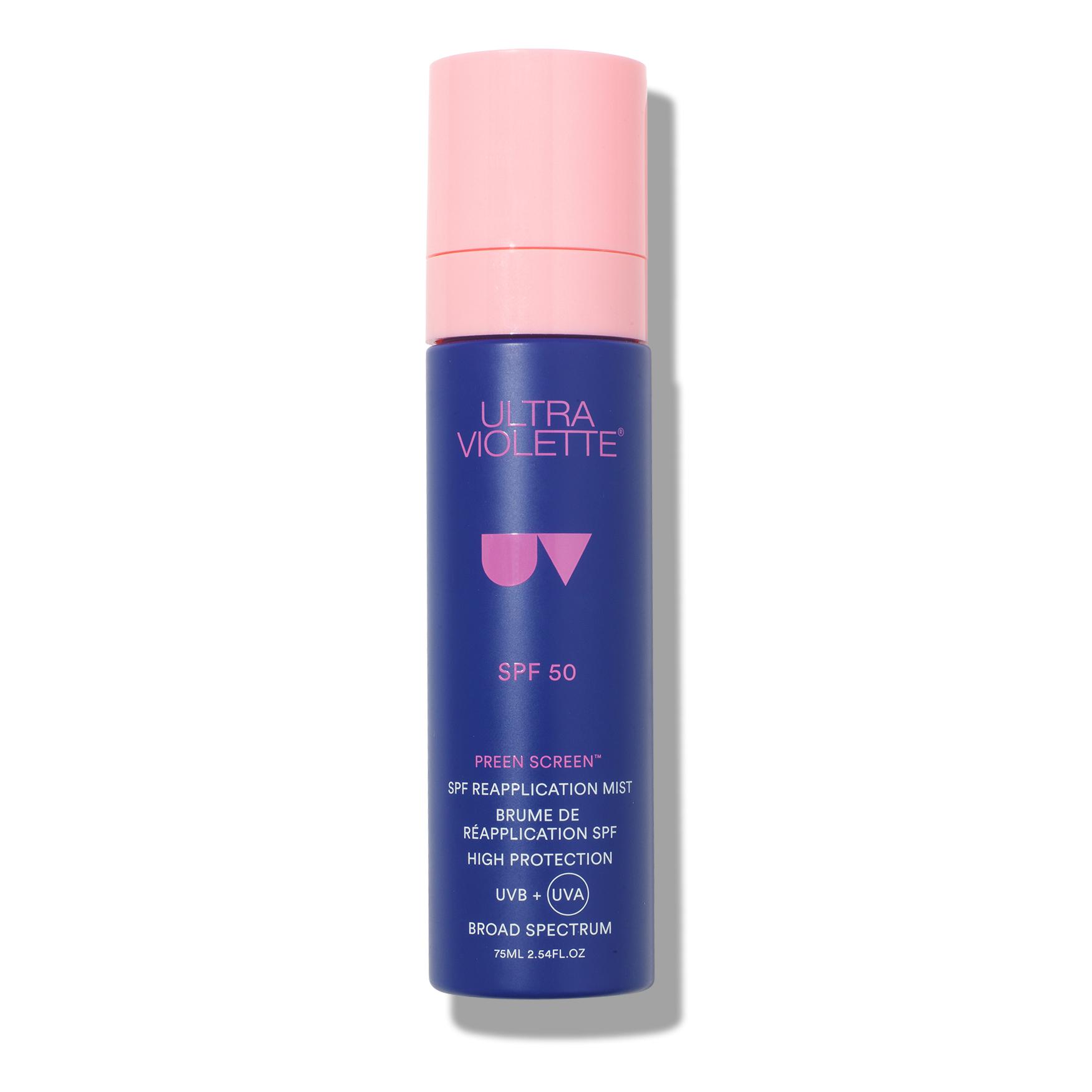
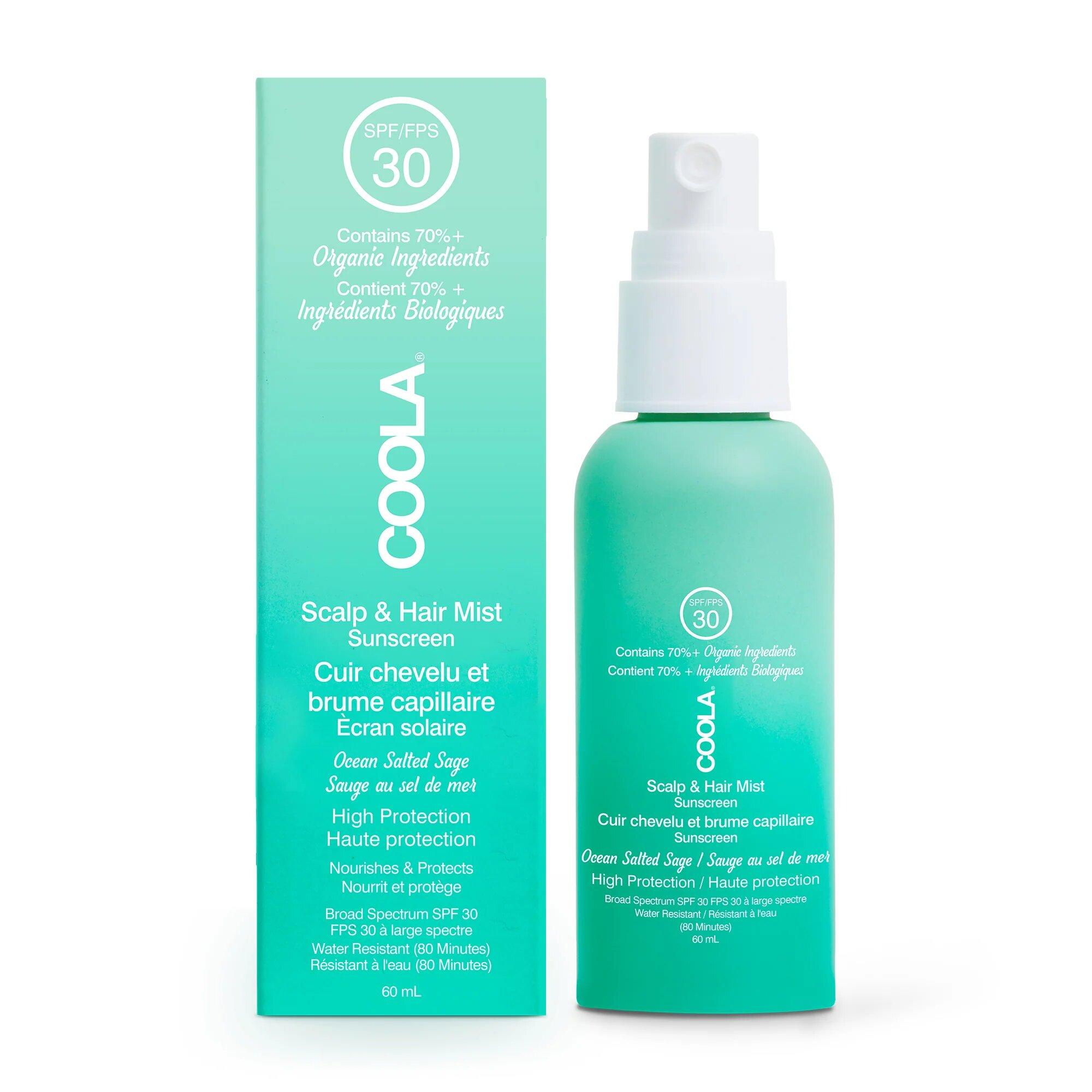
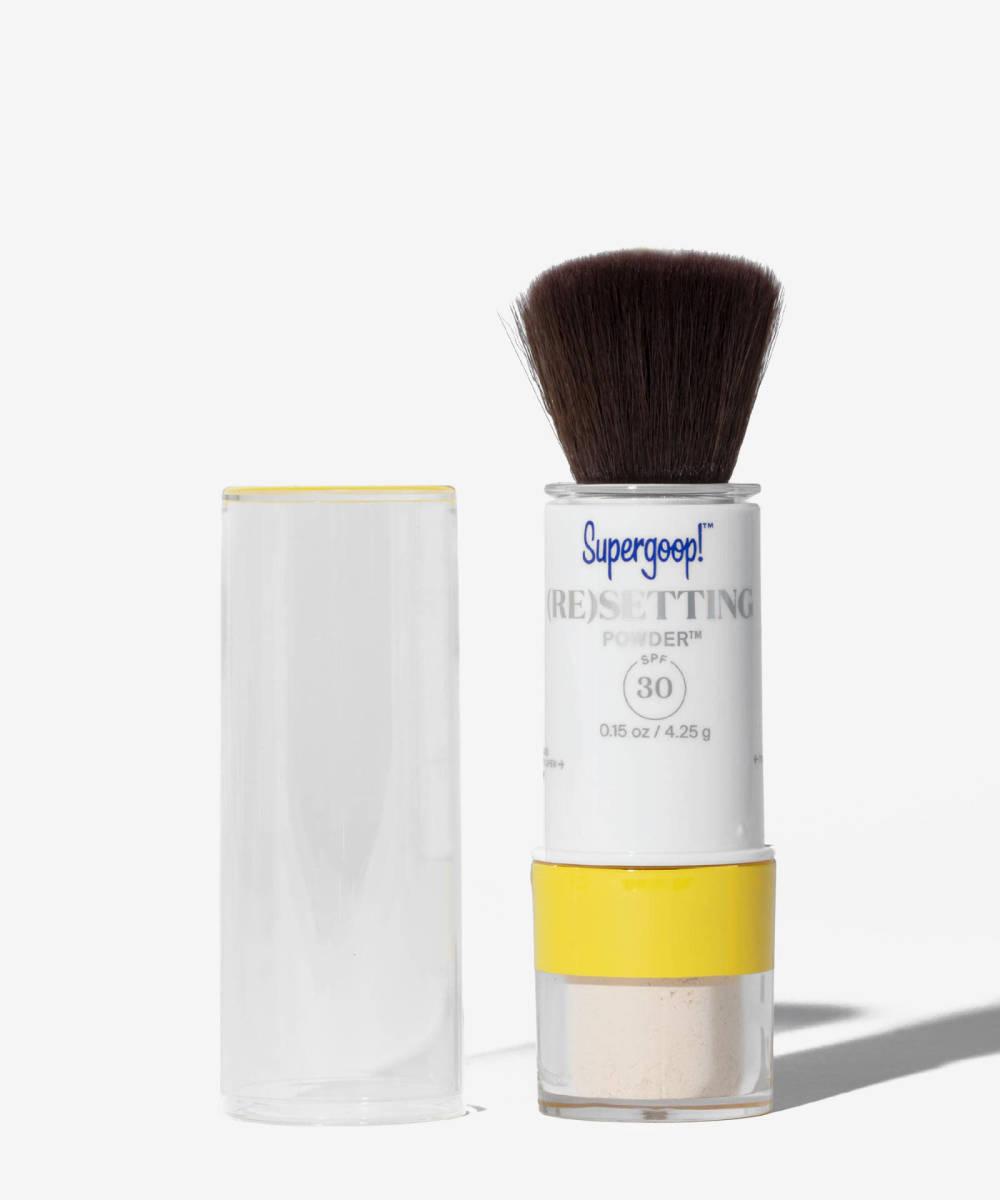
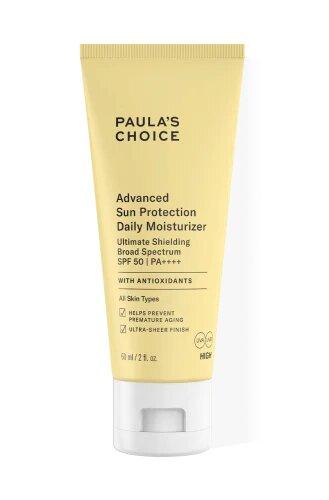
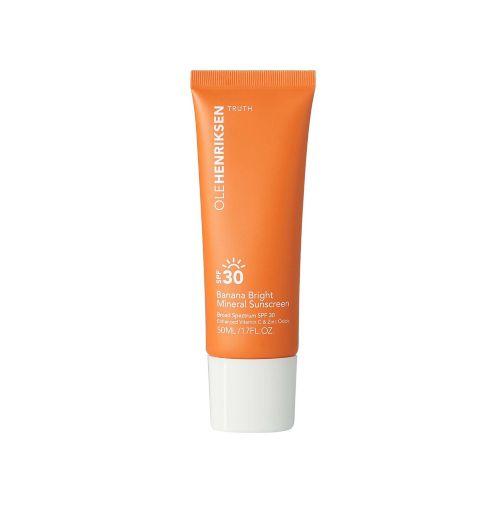
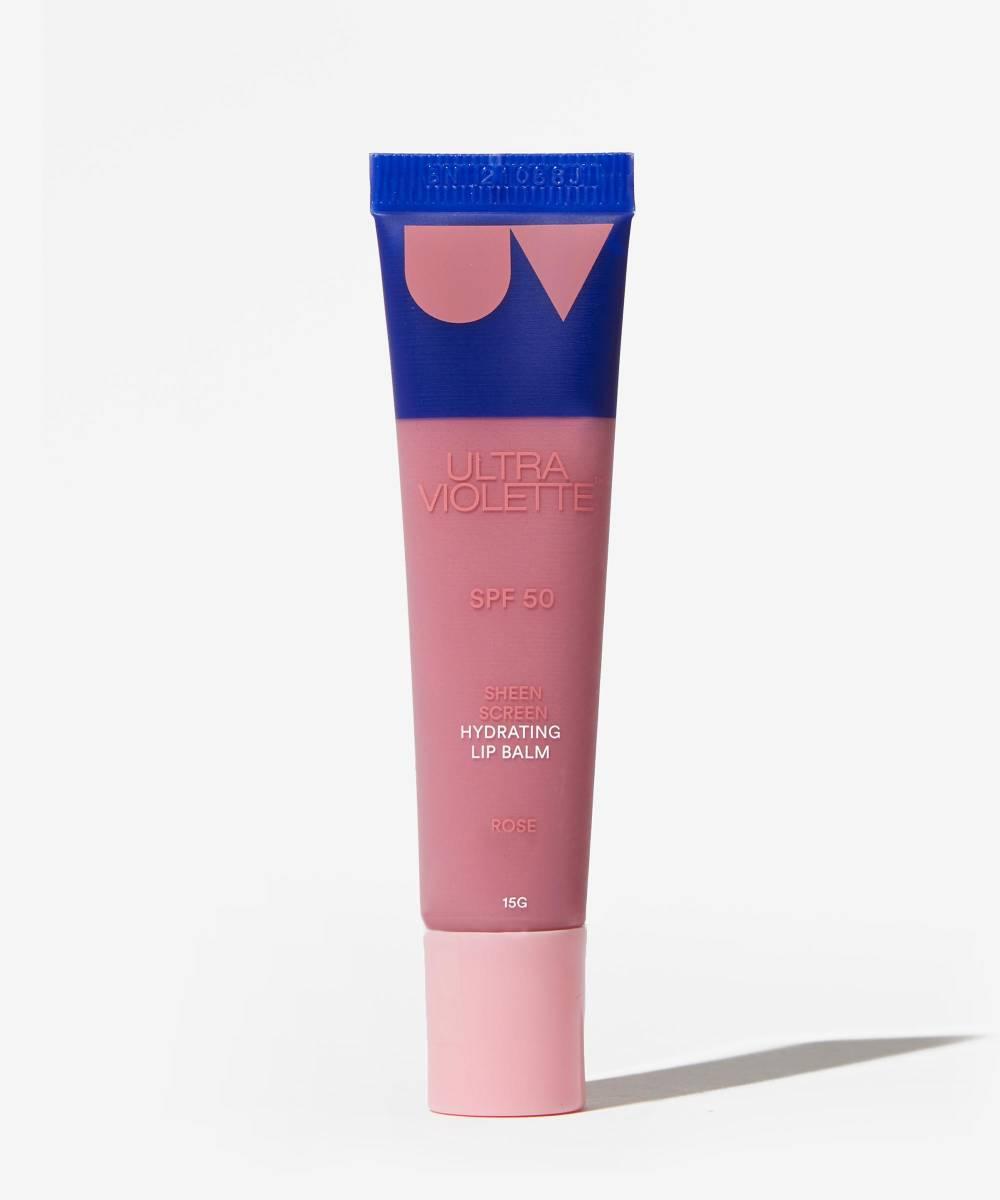
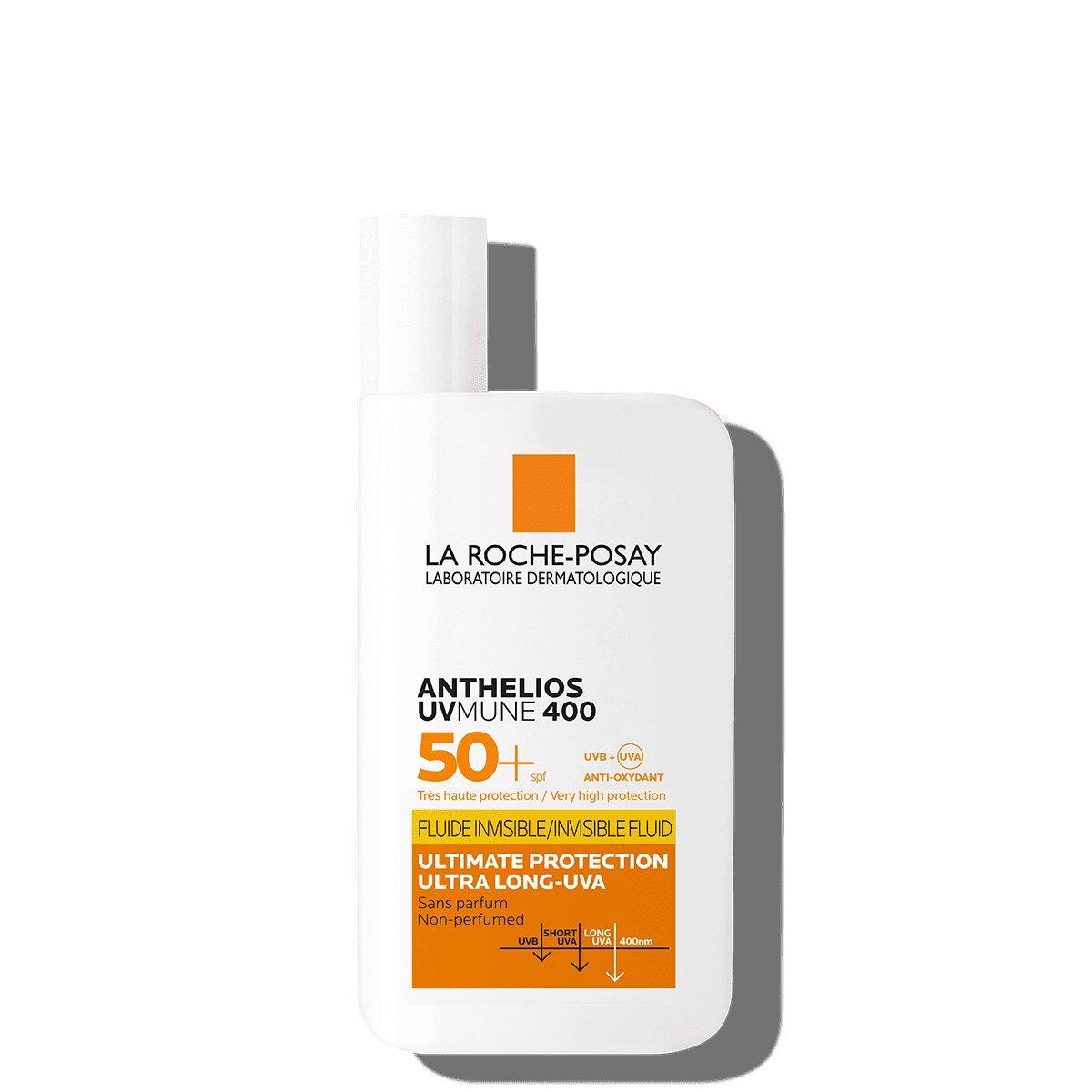
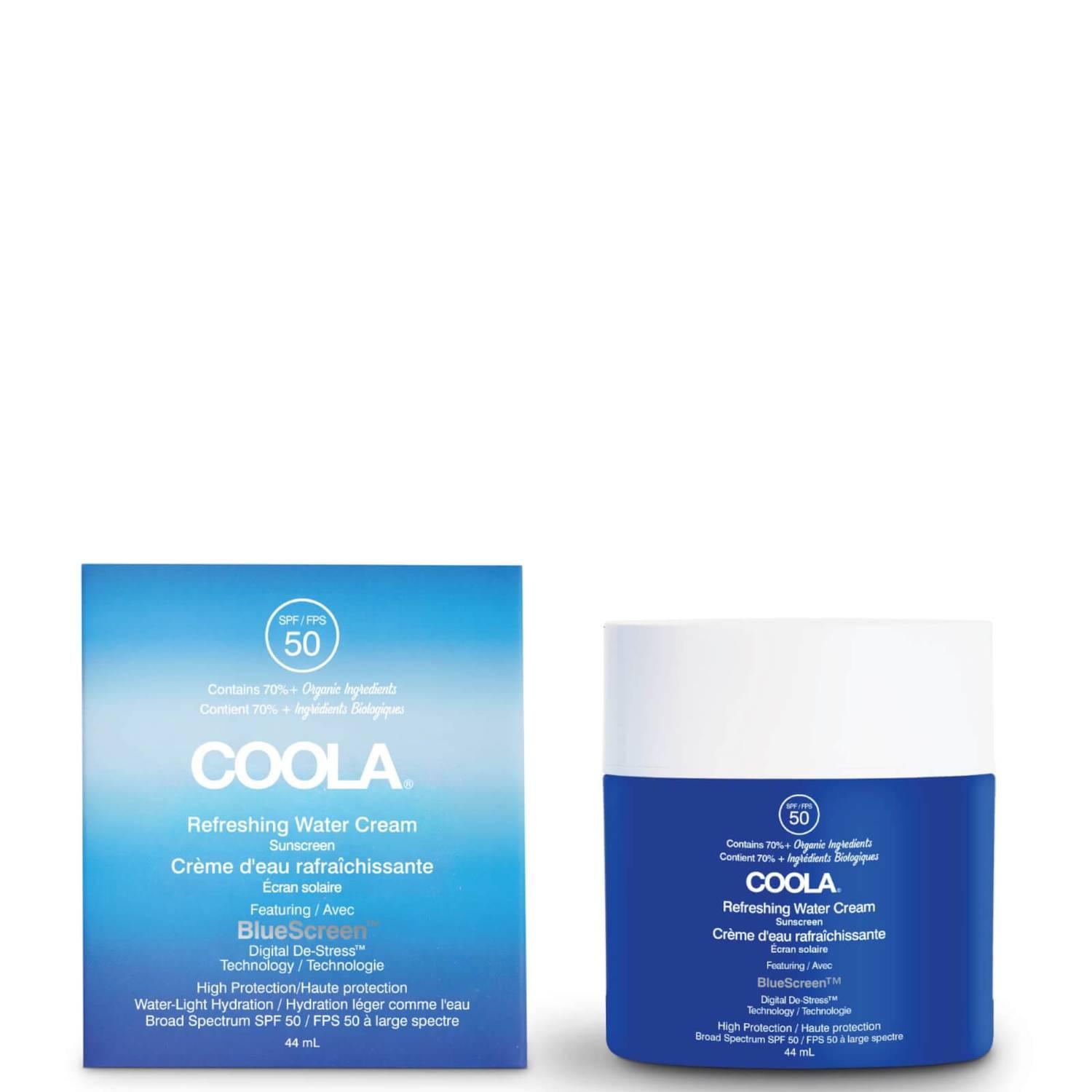
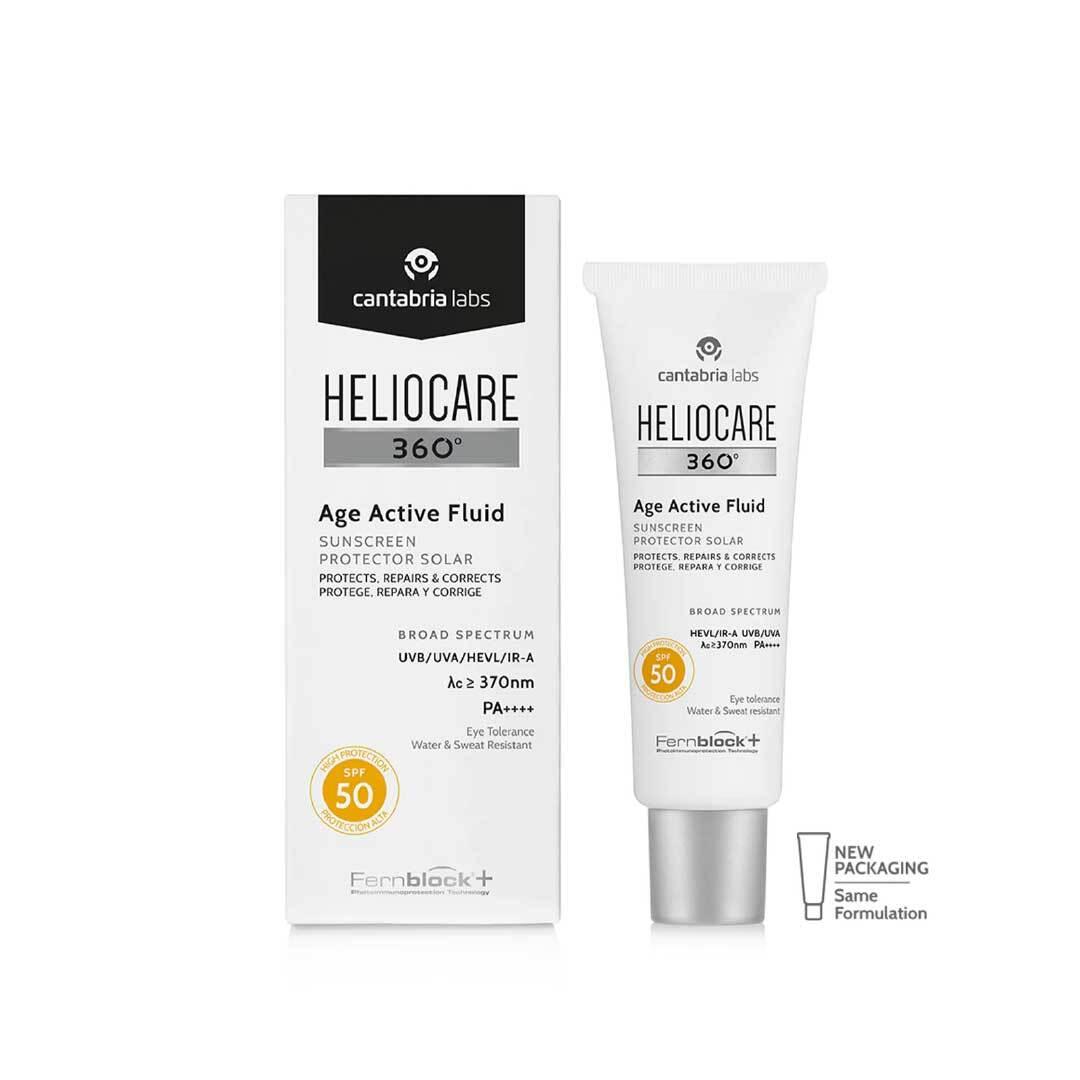

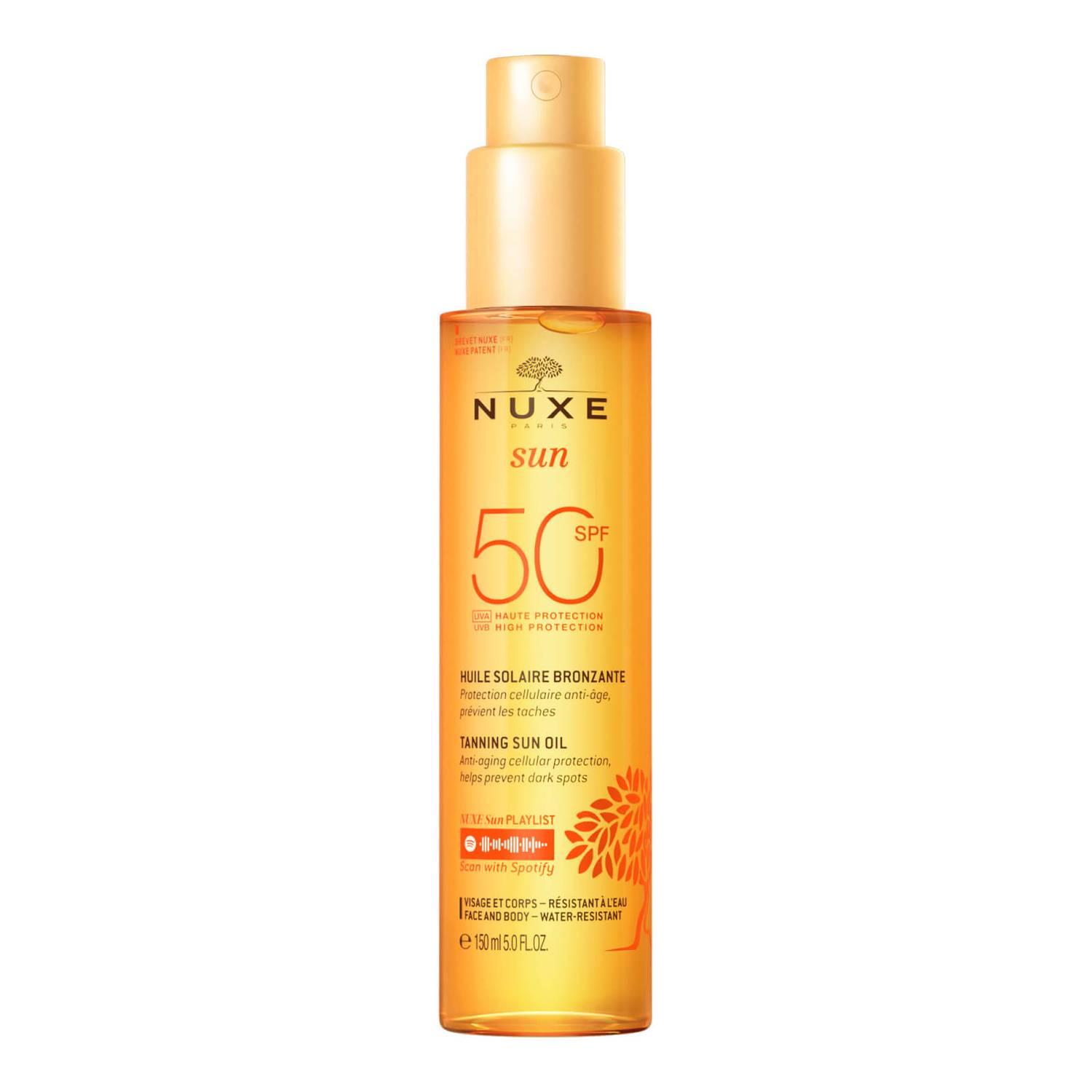
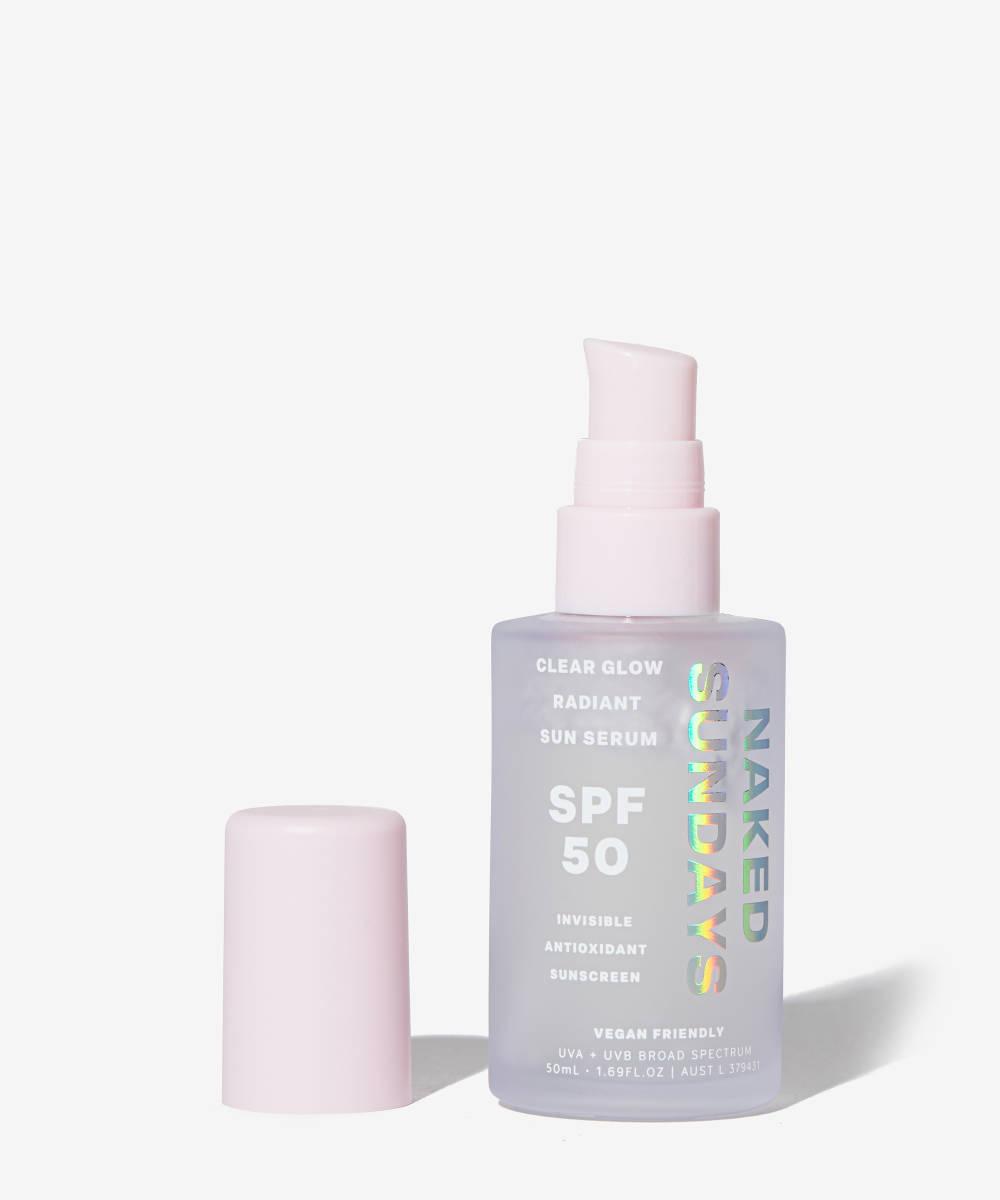
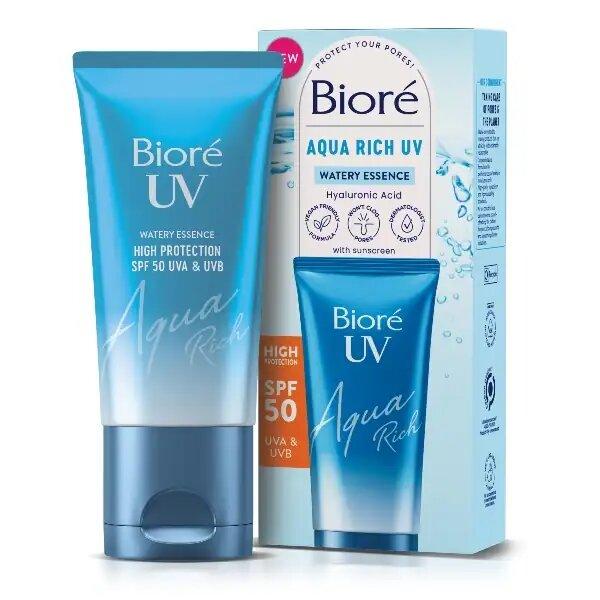
Next Up: Yes, You Should Be Wearing SPF Every Day—These Are the Products I Really Rate




